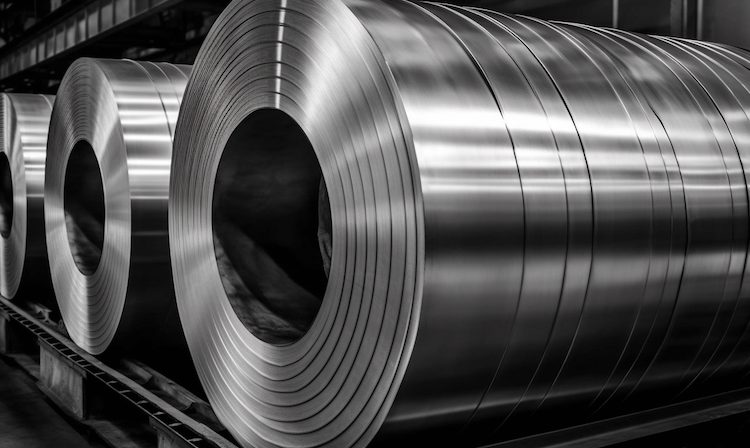
How to Maintain a Rolling Mill: Essential Tips for Longevity and Performance
A rolling mill is a valuable piece of equipment used in various industries. To ensure its optimal performance and longevity, regular maintenance is essential. Proper maintenance not only extends the lifespan of your rolling mill but also enhances its efficiency and productivity, helping you keep it in excellent working condition for years to come.
- Clean and Lubricate Regularly: Regular cleaning and lubrication are fundamental maintenance practices for a rolling mill. After each use, remove any debris, metal shavings, or dust from the rollers, guides, and gears. This can be done using a brush or compressed air. Additionally, lubricate the moving parts, such as the roller bearings and gears, according to the manufacturer’s recommendations. Proper lubrication ensures smooth operation and minimizes friction, reducing wear and tear on the mill components.
- Inspect and Replace Worn Parts: Regular inspections are crucial to identify any worn or damaged parts that may affect the performance of your rolling mill. Check the rollers, guides, and other components for signs of wear, such as cracks or uneven surfaces. If you notice any issues, promptly replace the worn parts to prevent further damage. Regularly inspecting and replacing worn parts ensures the mill operates smoothly and maintains consistent output quality.
- Check Alignment and Leveling: Proper alignment and leveling are critical for the accurate and efficient operation of a rolling mill. Check the alignment of the rollers and guides periodically to ensure they are parallel and properly adjusted. Misaligned rollers can lead to uneven material thickness and poor quality output. Use a leveling tool to check if the mill is positioned correctly, and make any necessary adjustments to ensure it is level. Proper alignment and leveling promote uniformity in rolling processes and prevent unnecessary stress on the mill components.
- Maintain Electrical and Control Systems: If your rolling mill is equipped with electrical and control systems, it is important to include them in your maintenance routine. Regularly inspect and clean the electrical connections, ensuring they are secure and free from corrosion. Check the control panels and switches for any signs of malfunction or loose wiring. If you notice any electrical issues, consult a qualified electrician to address them promptly. Proper maintenance of electrical and control systems helps ensure safe and reliable operation of the rolling mill.
- Implement Preventive Maintenance Schedule: To streamline the maintenance process and ensure consistency, develop a preventive maintenance schedule for your rolling mill. Create a checklist of tasks to be performed daily, weekly, monthly, and annually. This can include cleaning, lubrication, inspection, and calibration procedures. Assign responsibility to specific individuals or teams and track the completion of each task. By following a preventive maintenance schedule, you can proactively address potential issues before they escalate, minimizing downtime and maximizing the lifespan of your rolling mill.
- Train Operators and Users: Proper operation of a rolling mill plays a vital role in its maintenance and longevity. Ensure that operators and users are trained in the correct operation and handling of the mill. Educate them on safety precautions, proper material feeding techniques, and maintenance protocols. Encourage operators to report any unusual sounds, vibrations, or performance issues immediately. Well-trained operators can contribute to the efficient functioning of the rolling mill and help identify maintenance needs in a timely manner.
Regular maintenance is essential for maximizing the lifespan and performance of a rolling mill. By following these key tips and best practices, you can ensure that your rolling mill operates smoothly and reliably for years to come. Remember to clean and lubricate regularly, inspect and replace worn parts, check alignment and leveling, maintain electrical and control systems, implement a preventive maintenance schedule, and train operators and users. By investing time and effort into maintenance, you can enjoy the benefits of a well-maintained rolling mill, including enhanced efficiency, productivity, and output quality.






